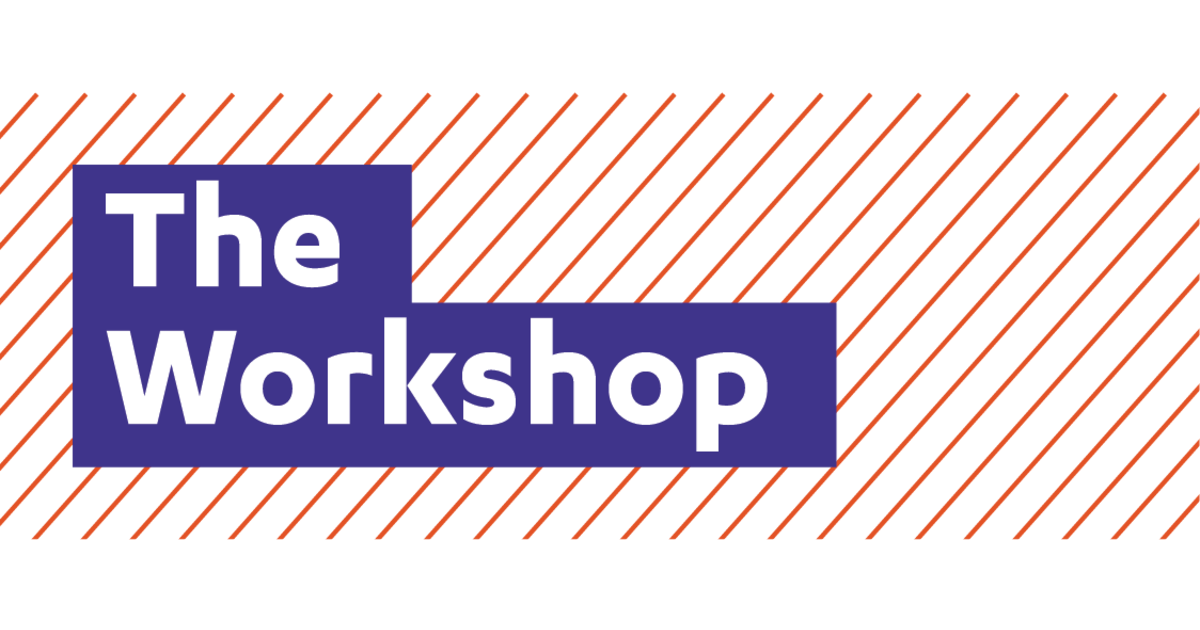Last newsletter we looked at communicating in ambiguity. In this newsletter and the next, we address how we can use narrative strategies to put in place new systems and structures that look after everyone and our planet.
Six techniques to frame a reimagined future
Milton Friedman, a key figure in developing the economic theories in use today, said that the ideas lying around will be picked up and used to shape our response to a crisis. And while we have lots of ideas about how we want the future to be after COVID-19, we have to make sure they are ones that people can grasp easily if we want them to be used.
These six strategies are useful to help talk about a reimagined system, help reveal our current systems to people who may not see them, deepen how people think about these systems, and build a public mandate for a new direction of travel. We will discuss three strategies in each newsletter.
1. NARRATIVES FOR PEOPLE WHO WANT CHANGE BUT ARE NOT YET PERSUADED HOW
When we deepen their thinking and motivate people sitting on the fence of an issue, we create a tipping point for better systems.
We need narratives that persuade those who are sitting on the fence (the majority of people). They care but may not know how to act or what to do, and become confused by strong and polarised positions.
The narratives that work to engage those who are already persuaded, who share our passion and are ready to act may not work to deepen other people’s thinking.
Avoid
- Building and testing narratives only with the already persuaded.
- Building your narratives by trying to convert the loud and noisy opposition (it helps spread their ideas as you often repeat them to negate them).
Instead
- Build narratives in partnership with those most affected with the aim of deepening the thinking of the persuadables. This means testing your narratives with those who are sitting on the fence.
2. LEAD WITH CONCRETE VISIONS OF WHAT IS POSSIBLE, NOT THE PROBLEMS THAT HAVE GOT US TO WHERE WE ARE
Leading with a vision opens a side door to those who want to be persuaded about what comes next. Martin Luther King Jr. had a dream first, not a list of complaints.
Persuadable people have 99 problems. They may not be at the scale of others but this means if you open with the complaints, they are not ready to hear about one more.
Instead of "we've been getting it so wrong for so long"
Try "We can have a society that prioritises our interconnections with each other and the planet. We're at a juncture where we can get it right - or get it wrong. Let's choose the path that leads to the future we want."
It is like showing people the cake first. The cake is the future you want. People want to eat cake. They care less about a list of ingredients, so don't start with those.
For example, instead of leading with your policy solution, e.g. a carbon tax, try leading with the better world - “we will support and enable an economy that actively protects the environment”.
3. EMBRACE DEEPLY CONNECTING INTRINSIC VALUES
Intrinsic values like mature love, responsibility, and creativity are what most of us aspire to in life. Often we are not supported to act on our values because of the values context we live in, our information environment, our workplaces, our living situation.
We need to remind people of what we value in common: our collective wellbeing.
We have all experienced a huge change. We have experienced it differently for sure, but also together. And in this shared experience we have seen these intrinsic collective values prioritised.
We can come together and reflect on these different and shared experiences of taking care of each other to reimagine how we do things.
It’s not about leveraging an opportunity but moving forward along the right path, led by our shared collective values.
Here is a lovely article by Krushil Watene in which she tells us that, in caring for each other in our response, we care for ourselves.
In the next newsletter we will cover how to make bold action seem feasible, why concrete language is essential, and the frames and metaphors to talk about reimagined systems
Further resources
On Monday Jess appeared on a panel as part of the Aotearoa Town Hall series, a series of virtual town hall discussions talking about a reimaged future. She appeared with Tame Iti, Julia Whaipooti, Chlöe Swarbrick and Cleve Cameron. You can watch it and other discussions in the series here.
You can get more guidance on narratives to use during COVID-19 in the message guide you were sent when you signed up for this newsletter.
If this email was forwarded to you and you don’t already have our guide, you can get a copy and future emails like this by signing up here. Or just get the guide here.
We’ve also made a short checklist of things to think of as you develop your COVID-related communications. It works together with our guide and you can get a copy here.
All the previous emails in this series are also available as blogposts here.
Get in touch with Rachel@theworkshop.org.nz if you would like to talk to us about how we can help you with specific advice or do a remote training for your team on communicating about COVID-19.

